Short History of John Deere 4020
- John Deere 4020 is a farm tractor made by John Deere between 1963 and 1972 and it was the most popular of the 20 Series New Generation tractors.
- More than 184,000 units of JD 4020 tractors were manufactured.
- The tractor was available in three distinct configurations: row-crop, standard, and high-crop.
- The JD 4020 replaced the almost identical 4010 model. However, John Deere 4020 had some improvements, such as moving the hydraulic controls from the left side of the dashboard to a console on the operator’s right, a slimmer oval-shaped muffler for better visibility, and a longer, curved gear shift lever.
- The tractor had three types of engines: diesel, gasoline, and LPG. Below in Tables 1, 2, and 3, you can see the specifications for each engine type.
- It had two types of transmissions: Syncro Range and PowerShift.
- In 1970, the cost of a tractor ranges from $9,000 and $12,000. Today, that price would be about $80,000, since $10,000 in 1970 is equal to $78,726 in 2023 when adjusted for inflation.
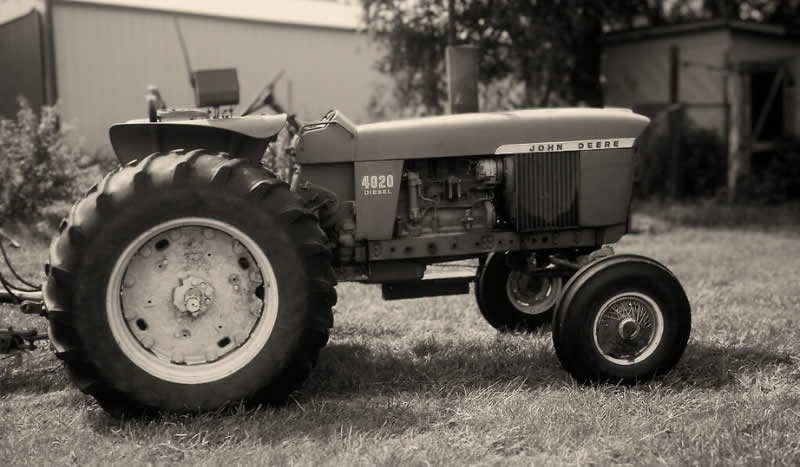
Contents
John Deere 4020 engines
Diesel engine specifications
The diesel version of the John Deere 4020 (JD 404) is powered by a 6.6-liter inline 6-cylinder engine. The engine is rated at 95 PTO (Power Take Off) horsepower at 2,200 RPM.
The maximum torque of this diesel engine is approximately 278 lb-ft (377 Nm) at around 1,600 RPM. These values can vary slightly depending on specific configurations and conditions.
The fuel tank capacity of the John Deere 4020 tractor is 34.0 gallons (129.0 liters) for both diesel and gasoline models.
| Specification | Value |
|---|---|
| Engine Model | John Deere |
| Engine Type | 4-cycle, 6-cylinder diesel |
| Number of Cylinders | Six |
| Displacement | 404 cu in (6.60 L) |
| Engine Bore | 4.25 in (108.0 mm) |
| Engine Stroke | 4.78 in (121.0 mm) |
| Aspiration | Natural |
| Rated Engine Power | 101.0 hp (74.8 kW) |
| Rated Engine Speed | 2,200 rpm |
| Idle Speed | 600-2500 rpm |
| Firing Order | 1-5-3-6-2-4 |
| Compression | 16.5:1 |
| Air Cleaner | Oil bath |
| Intake valve clearance (Intake and Exhaust) | 0.018 in (0.457 mm) |
Gasoline engine specifications
The gasoline engine of the John Deere 4020 is a 6-cylinder, inline, naturally-aspirated engine with a displacement of 362 cubic inches (6.6 liters). The initial gasoline engine had a displacement of 340 cubic inches, but in 1966, it was replaced by a larger 362 cubic-inchs engine.
The gasoline engine is rated at 101.0 hp (74.8 kW) with an operating speed of 2,200 rpm. Its idle speed ranges from 650 to 2,500 rpm.
| Specification | Value |
|---|---|
| Engine Model | John Deere |
| Engine Type | 4-cycle, 6-cylinder 12-valve gasoline |
| Number of Cylinders | Six |
| Displacement | 362 cu in (5.90 L) |
| Engine Bore | 4.25 in (108.0 mm) |
| Engine Stroke | 4.25 in (108.0 mm) |
| Rated Engine Power | 101.0 hp (74.8 kW) |
| Rated Engine Speed | 2,200 rpm |
| Idle Speed | 650-2,500 rpm |
| Compression | 7.5:1 |
| Firing Order | 1-5-3-6-2-4 |
LPG engine specifications
The LPG fuel tank has a capacity of 45 gallons (170.3 liters).
| Specification | Value |
|---|---|
| Displacement | 362 cu in (5.9 L) |
| Bore/Stroke | 4.25×4.25 in (108 x 108 mm) |
| Compression | 9.0:1 |
| Rated RPM | 2,200 |
| Firing order | 1-5-3-6-2-4 |
| Starter volts | 12 |
PTO and Drawbar performance
| Diesel Syncro Range (Test source) | Diesel Power Shift (Test source) | Gasoline Syncro Range (Test source) | 362ci Gasoline PowerShift (Test source) | LPG Syncro Range (Test source) | ||
|---|---|---|---|---|---|---|
| PTO performance | Power at rated engine speed | 91.17 hp (68.0 kW) | 95.83 hp (71.5 kW) | 88.09 hp (65.7 kW) | 95.66 hp (71.3 kW) | 94.67 hp (70.6 kW) |
| Power at rated PTO speed | 83.57 hp (62.3 kW) | 89.93 hp (67.1 kW) | 79.95 hp (59.6 kW) | 87.52 hp (65.3 kW) | 81.14 hp (60.5 kW) | |
| Drawbar performance | Max power | 76.36 hp (56.9 kW) | 83.09 hp (62.0 kW) | 73.06 hp (54.5 kW) | 82.57 hp (61.6 kW) | 75.19 hp (56.1 kW) |
How much can it pull?
The John Deere 4020 tractor can pull up to 10,000 lbs (4,535 kg), but it depends on the condition of the tractor and the type of hitch or attachment.
Below, table 5 displays the values for each engine and transmission obtained by the Nebraska Tractor Test Lab at the University of Nebraska-Lincoln during testing.
| Diesel Syncro Range | Diesel Power Shift | Gasoline Syncro Range | 362ci Gasoline PowerShift | LPG Syncro Range |
|---|---|---|---|---|
| 10,184 lbs (4,619 kg) | 11,104 lbs (5,036 kg) | 10,088 lbs (4,575 kg) | 10,665 lbs (4,837 kg) | 10,674 lbs (4,841 kg) |
John Deere 4020 Fuel Consumption
- Diesel engines with Syncro Range transmission have an average fuel consumption of 6.4 gal/hour (24.2 l/hour)
- Diesel engines with Power Shift transmission have an average fuel consumption of 6.5 gal/hour (24.6 l/hour)
- Gasoline engines with Syncro Range transmission have an average fuel consumption of 8.4 gal/hour (31.8 l/hour)
- LPG engines with Syncro Range transmission have an average fuel consumption of 10.1 gal/hour (38.2 l/hour)
Transmission
Syncro Range
The standard edition of the JD 4020 features a Syncro Range transmission, providing 8 forward and 2 reverse gears.
It includes a partially synchronized gearbox that allows smoother and easier gear shifting while operating the tractor.
How does the Syncro Range of a John Deere 4020 work?
The transmission is designed with four shift stations, each having two forward gears and one reverse gear in the first two stations. To switch between the shift stations, the tractor must be stopped, and the clutch depressed. Once a shift station is selected, the tractor can be shifted between the two forward gears (and a single reverse gear in stations 1 and 2) while in motion, by utilizing the clutch.
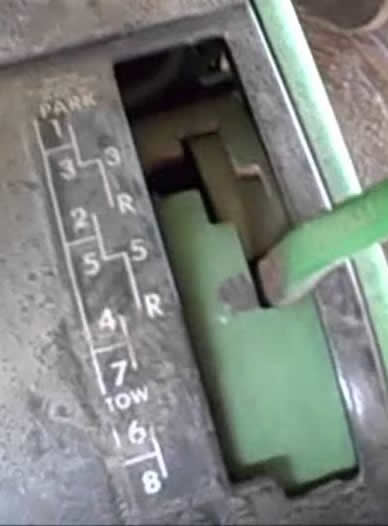
The Syncro Range transmission has an oil capacity of 40.1 quarts (37.9 liters) and requires the use of 303 Special type oil (JD HY-Gard).
| Specification | Value |
|---|---|
| Transmission Type | Syncro Range |
| Gearbox Type | 8F/2R, Partially synchronized |
| Number of Forward Gears | 8 |
| Number of Reverse Gears | 2 |
| Oil capacity | 40.1 qts (37.9 liters) |
PowerShift
The PowerShift transmission for the JD 4020 tractor is an upgrade from the standard Syncro Range transmission, providing smoother and more efficient gear shifting. The Power Shift transmission has 8 forward and 4 reverse gears, providing more versatility and control during operation.
How does the PowerShift transmission of a John Deere 4020 work?
The Power Shift transmission works by using a hydraulic system that enables seamless gear changes without the need to use a clutch or manually shift gears. This hydraulic system consists of multiple planetary gear sets and hydraulic clutches, which are responsible for engaging and disengaging gears as needed.
To change gears with a PowerShift transmission, move the gear selector lever to the desired gear position and that`s it. The hydraulic system automatically engages the appropriate gear, ensuring a smooth transition between gears. This design allows you to focus more on the task at hand and less on managing the tractor’s transmission.
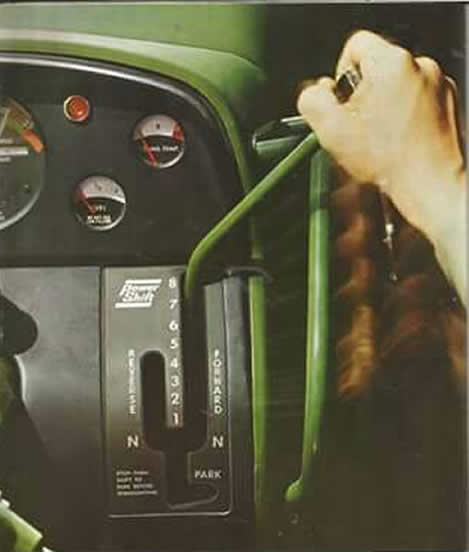
The PowerShift transmission has an oil capacity of 56.3 quarts (53.1 liters) and requires the use of 303 Special type oil (JD HY-Gard).
| Specification | Value |
|---|---|
| Transmission Type | PowerShift |
| Gearbox Type | 8F/4R, Full power shift |
| Number of Forward Gears | 8 |
| Number of Reverse Gears | 4 |
| Oil capacity | 56.3 qts (53.1 liters) |
Hydraulic System
The hydraulic system of the 4020 consists of several key components, including:
- Hydraulic pump: The engine-driven pump generates hydraulic pressure to power various functions of the tractor. The 4020 utilizes a closed-center system, which means that the hydraulic pump only delivers fluid when the system requires it, improving overall efficiency.
- Hydraulic valves: The hydraulic control valves regulate the flow of hydraulic fluid to the different parts of the system. The 4020 comes with two standard selective control valves (SCVs) that can be used for various applications such as controlling the three-point hitch or operating remote hydraulic cylinders.
- Three-point hitch: This component is the primary means of attaching implements to the tractor. The hitch uses hydraulic pressure to raise and lower implements, providing a convenient and versatile system for connecting and using various tools and attachments.
- Remote hydraulic outlets: The 4020 offers remote hydraulic outlets, allowing the operator to connect hoses to power auxiliary equipment, such as front-end loaders, hydraulic motors, or other attachments requiring hydraulic power.
- Hydraulic oil reservoir: The reservoir holds the hydraulic fluid used throughout the system. It is crucial to maintain the proper fluid level and use the appropriate hydraulic oil to ensure the system operates smoothly and efficiently. The type of oil recommended for the hydraulic system of the John Deere 4020 is JD 303 Special-Purpose Oil.
The hydraulic oil capacity of John Deere 4020 tractors equipped with the Syncro Range is 10.0 gallons (38.0 liters), while those with PowerShift have a hydraulic oil capacity of 12.0 gallons (45.5 liters).
| Specification | Value |
|---|---|
| Hydraulic System Type | Closed center |
| Implement Pump Flow | 18.0 gpm (68.1 Lpm) |
| Selective Control Valves Flow | 6.0 gpm (22.5 Lpm) |
| Hydraulic Pressure | 2,250 psi (155 Bar) |
| Hydraulic Capacity (Syncro Range) | 10.0 gal (38.0 Liters) |
| Hydraulic Capacity (PowerShift) | 12.0 gal (45.5 Liters) |
| Number of Standard Remote Valves | 1/3 |
| 3-Point Hitch Category | 2 |
| Rear Lift Capacity | 3,790 lb (1,720 kg) |
Weight and Dimensions
1. Weight
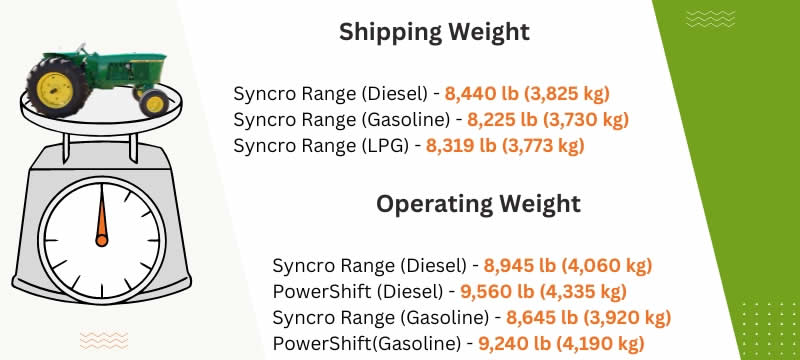
The weight of a John Deere 4020 is 8,945 lb (4,060 kg) for the Diesel with Syncro Range model and 8,645 lb (3,920 kg) for the Gasoline with Syncro Range model.
For a complete list of weights by engine and transmission, please see Table 9 because the weight varies depending on the model, engine, and transmission type.
| Specification | Value |
|---|---|
| Operating Weight – Syncro Range (Diesel) | 8,945 lb (4,060 kg) |
| Operating Weight – PowerShift (Diesel) | 9,560 lb (4,335 kg) |
| Operating Weight – Syncro Range(Gasoline) | 8,645 lb (3,920 kg) |
| Operating Weight – PowerShift (Gasoline) | 9,240 lb (4,190 kg) |
2. Dimensions
The John Deere tractor has a wheelbase of 100.3 inches for the standard model and 97.5 inches for the row crop model. Its overall width is 89.6 inches, and its length is 151 inches.
The tractor’s height ranges from 77.9 inches to 88.75 inches, depending on the model and exhaust type.
Specifically, the standard model’s height with a steering wheel is 78.25 inches, while the row crop model’s height with a steering wheel is 77.9 inches. Meanwhile, the standard exhaust model has a height of 88.25 inches, while the row crop exhaust model is 88.75 inches tall.
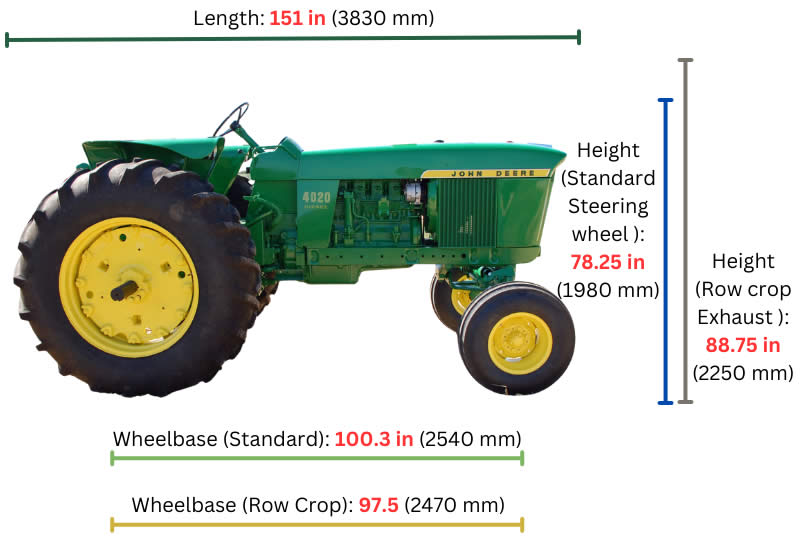
| Specification | Value |
|---|---|
| Wheelbase (Standard) | 100.3 in (2,540 mm) |
| Wheelbase (Row Crop) | 97.5 in (2,470 mm) |
| Overall Width | 89.6 in (2,270 mm) |
| Length | 151 in (3,830 mm) |
| Height (Row Crop Steering wheel) | 77.9 in (1,970 mm) |
| Height (Standard Steering wheel) | 78.25 in (1,980 mm) |
| Height (Standard Exhaust) | 88.25 in (2,240 mm) |
| Height (Row Crop Exhaust) | 88.75 in (2,250 mm) |
Wheels and Tires
The John Deere 4020 tractor comes equipped with either standard 7.5×18 front tires and 18.4×34 rear tires, or row-crop 6.00×16 front tires and 15.5×38 rear tires.
| Specification | Value |
|---|---|
| Drive Wheels | 2WD 4×2 |
| Steering Configuration | Front Steer |
| Steering System | Power |
| Service Brake | Hydraulic wet disc |
| Front Tire Size (Standard) | 7.5×18 |
| Rear Tire Size (Standard) | 18.4×34 |
| Front Tire Size (Row Crop) | 6.0×16 |
| Rear Tire Size (Row Crop) | 15.5×38 |
| Front Track Width | 48.5-82.3 in (1,230-2,080 mm) |
| Rear Track Width | 60-91 in (1,520-2,310 mm) |
Parts and components for John Deere 4020
If you’re currently restoring a John Deere 4020 and are in need of various components such as a clutch kit, alternator, water pump, or starter, the following list may be helpful.

Important! Although I try my best to provide accurate information, it’s important to note that variations may exist between sources, including incomplete listings, data entry errors, differences in the year of manufacture, or between original and aftermarket parts. Hence, it’s strongly recommended to refer to the official manual from the manufacturer before carrying out any repair or service. This will ensure you have the most recent and accurate information available to carry out the task.
Filters
| Specification | Value |
|---|---|
| Engine oil filter part number | AR26350 |
| Engine fuel filter part number | AR44077, AR45098 (diesel), AR50141 (gasoline) |
| Engine air filter part number | AT33363 (diesel), AR39798 (gasoline) |
| Hydraulic/transmission oil filter part number | AR75603 |
| Hydraulic filter element part number | R27173 |
Motor Oil
You can find the required types and quantities of oils and fluids for the John Deere 4020, based on its engine, transmission, and other specifications, in Tables 13 and 14.
The oil capacity of a John Deere 4020 tractor depends on the specific model and engine. The gasoline engine needs 9 quarts (8.5 liters) and the diesel engine needs 12 quarts (11.4 liters).
Coolant
The coolant capacity of a John Deere 4020 is 24.4 quarts (23.0 liters).
| Specification | Value |
|---|---|
| Engine oil capacity | 2.0 gal (7.6 Liters) gasoline or 3.0 gal (11.4liters) diesel |
| Engine coolant capacity | 6.05 gal (23.0 Liters) |
| Hydraulic system capacity (Syncro-range transmission) | 10.0 gal (37.9 Liters) |
| Hydraulic system capacity (Power-shift transmission) | 14.0 gal (53.1 Liters) |
| Belt pulley oil capacity | 1.3 qts (1.2 Liters) |
| Final drive housing capacity (Hi-crop) | 1.75 qts (1.65 Liters) |
| Specification | Fluid Type |
|---|---|
| Engine oil type | Torq-Gard, SAE 30, SAE 10W-30. |
| Engine coolant type | Cool-Gard II |
| Hydraulic/Transmission fluid type | JD 303 Special-Purpose Oil (JD HY-Gard) |
| Belt pulley oil type | JD 303 Special-Purpose Oil |
Good to know
- The John Deere 4020 was originally offered without a cabbut as an open-station tractor. However, cabs were available as an option on later models, and many owners of the original 4020 have added cabs to their tractors through aftermarket suppliers. So while the 4020 did not originally come with a cab, it is possible to find examples of the tractor with a cab.
- The John Deere 4020 is compatible with JD 148 front-end loader with a maximum lift weight of 3100 lb lift full at pin (1406 kg), and a JD 158 front-end loader with a maximum lift weight of 3800 lb (1723 kg).
FAQs – John Deere 4020
The top speed of a John Deere 4020 tractor is 19.2 mph (30.9 kph) with a Syncro Range transmission and 20.5 mph (33.0 kph) with a PowerShift transmission.
The horsepower of a John Deere 4020 tractor can range from 90 to 115 horsepower, depending on the engine and transmission configuration.
The lowest price you can expect to find for a running John Deere 4020 tractor would be around $8,000. For a tractor in average condition, the price ranges from $10,000 to $15,000 according to TractorHouse.com. If the tractor has been restored it can fetch $15,000 or more. Some well-restored 4020 tractors even sell for over $20,000.
Everything depends on several factors, including its condition, hours of use, location, and any modifications or upgrades that have been made.
Let’s not forget that the John Deere 4020 is one of the best tractors ever built, regardless of the year of manufacture, hence the high price.
There are multiple options available on the market as substitutes for the 303 oil, but it is essential to ensure that they meet the J20C standards. One option is to use the John Deere Hy-Gard Transmission and Hydraulic Oil, which is an original oil produced by John Deere and is compatible with the required standards.
No. The JD 4020 did not come with a turbocharger as a factory-installed option but some owners have retrofitted their 4020 with aftermarket turbo kits to increase the engine’s performance.
The battery size for a John Deere 4020 tractor is typically Group 24 or Group 27, with a 12-volt battery having a Cold Cranking Amps (CCA) rating of around 620-1000 amps.
In the attached video, you can find the necessary information for adjusting the clutch, along with the tool diagram. The tool featured in the video below can be purchased on Amazon.
Photo Gallery
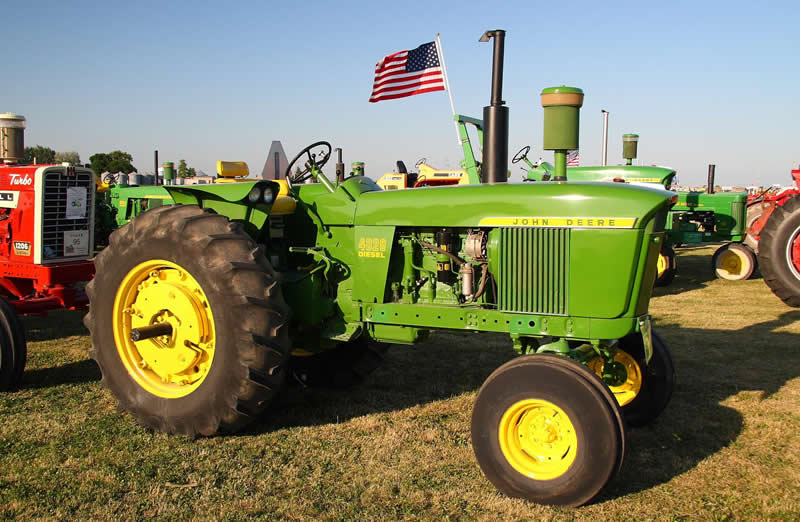
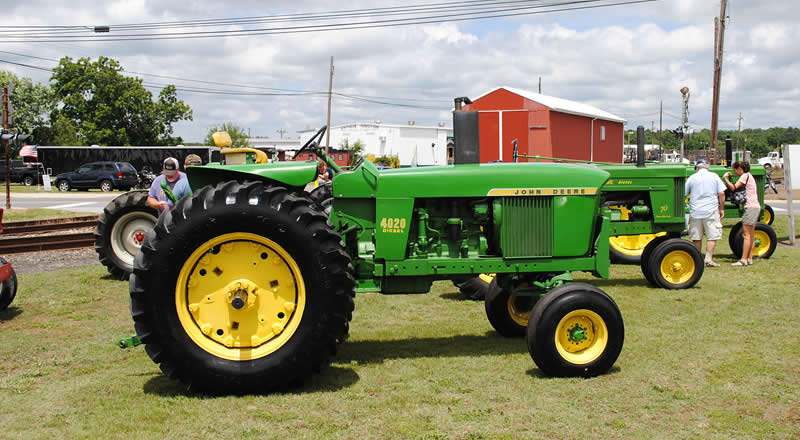
Videos
Here are the steps to change the oil on a John Deere 4020:
John Deere 4020 Toy Tractor
For the most dedicated fans of the highly iconic and widely popular John Deere 4020 tractor, a collectible toy version is available for purchase on Amazon.
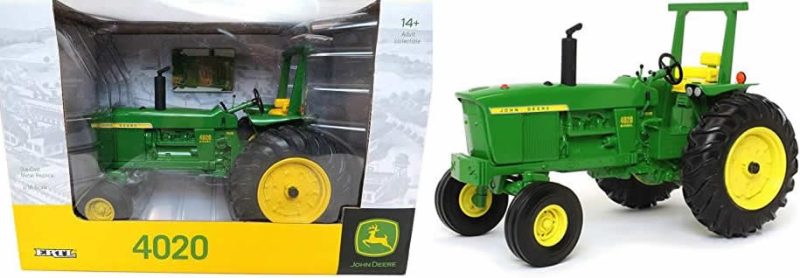
If you have any other valuable information regarding the John Deere 4020, please don’t hesitate to share it with the community by using the comment form. Your contribution will be greatly appreciated and will benefit those who seek knowledge about this tractor.
References
https://digitalcommons.unl.edu/tractormuseumlit/index.24.html#year_1963

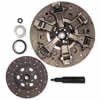
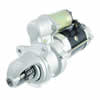 Starter
Starter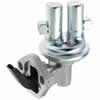 Fuel Pump
Fuel Pump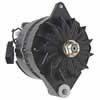 Alternator
Alternator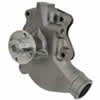 Water Pump
Water Pump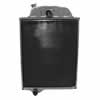 Radiator
Radiator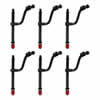 Injectors
Injectors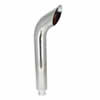 Exhaust pipe
Exhaust pipe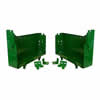 Battery box
Battery box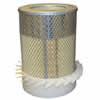 Air filter
Air filter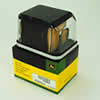 Fuel filter
Fuel filter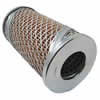 Oil filter
Oil filter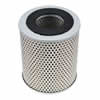 Hydraulic
Hydraulic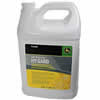 Hydraulic
Hydraulic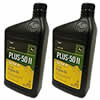 Engine
Engine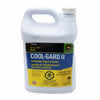 Coolant
Coolant
